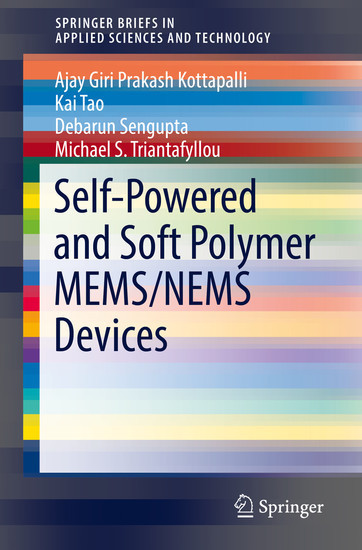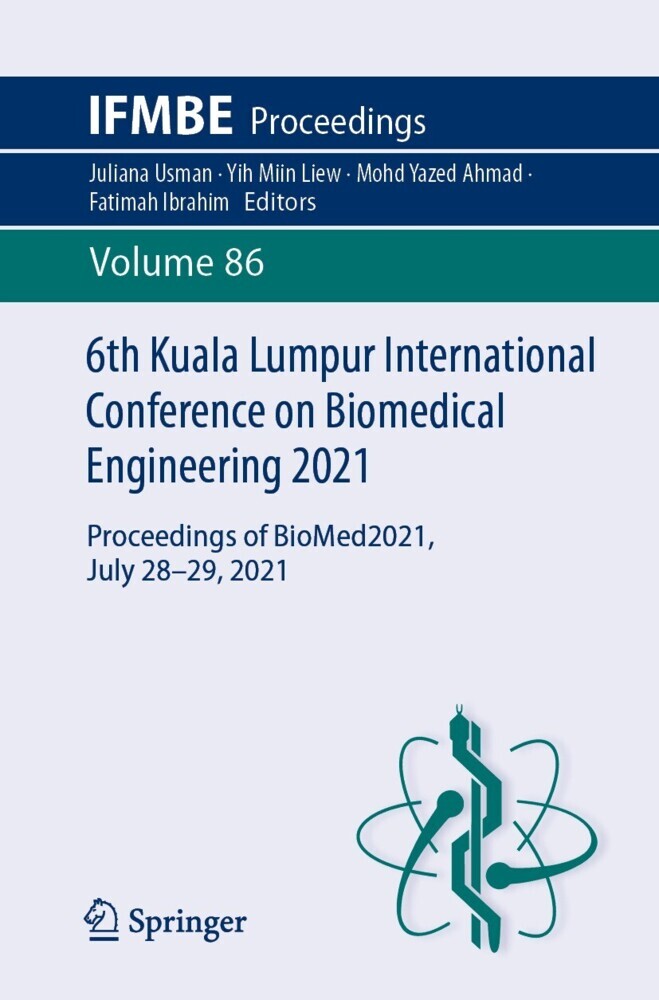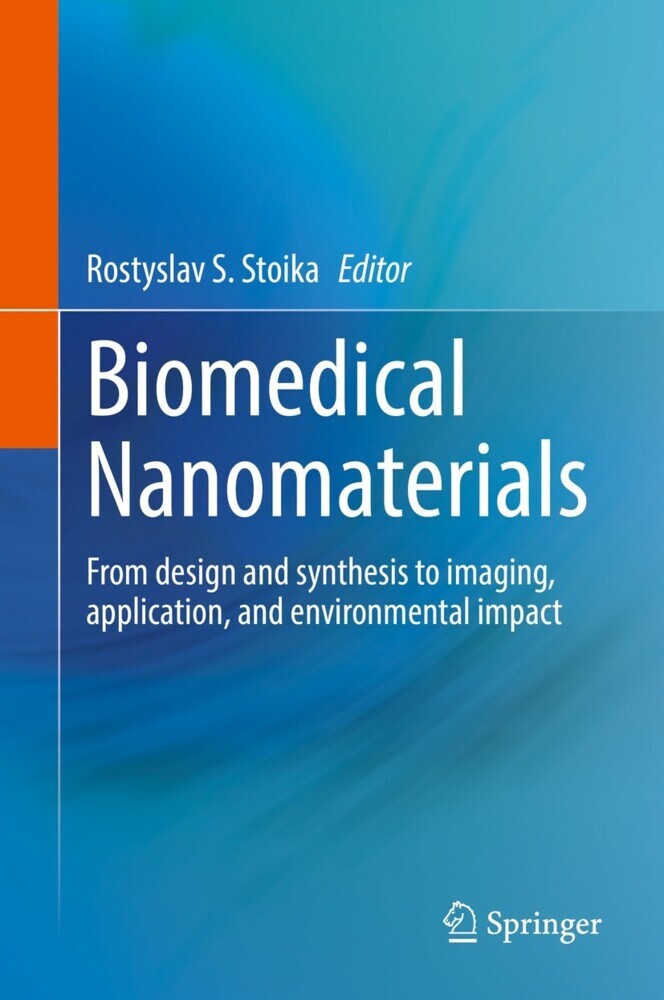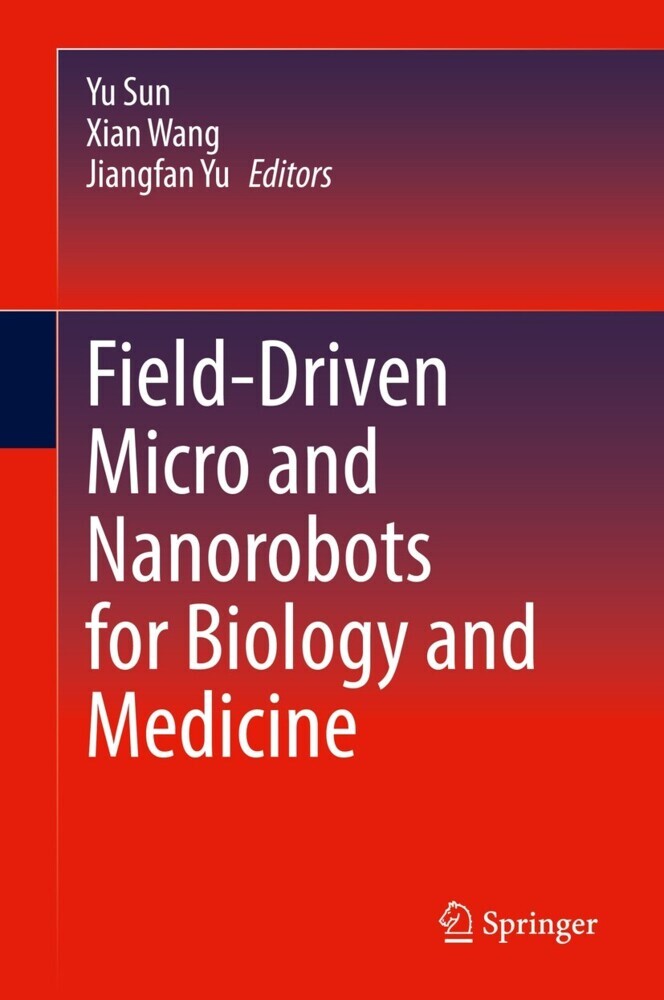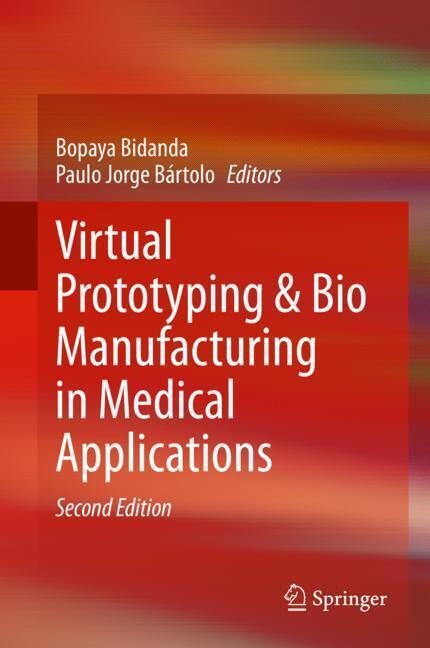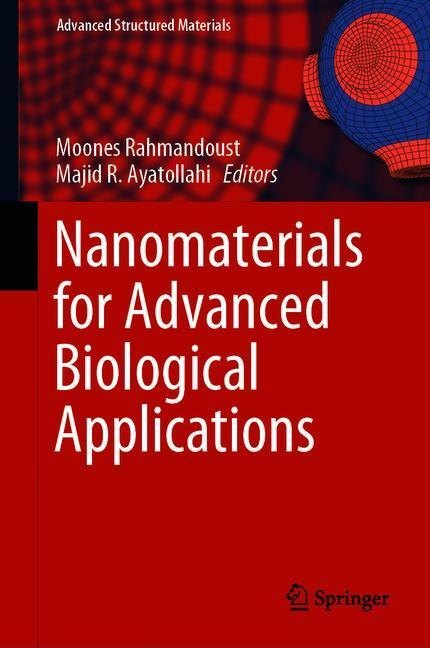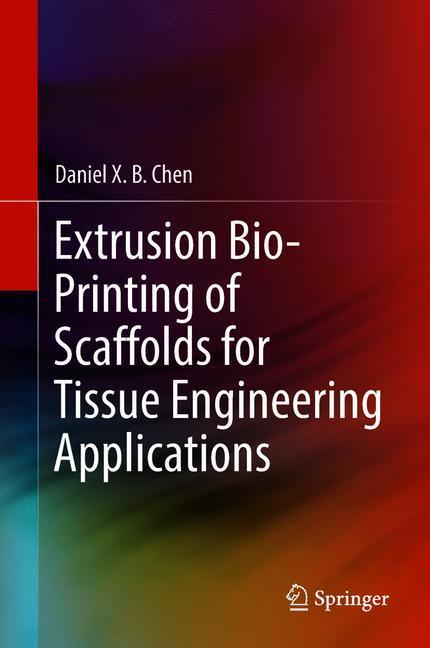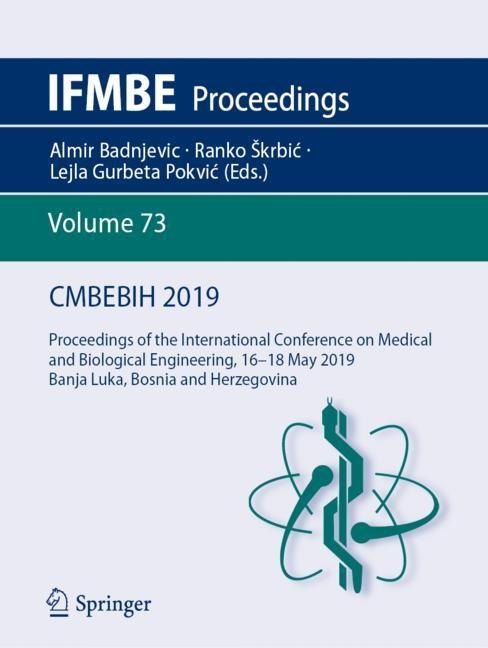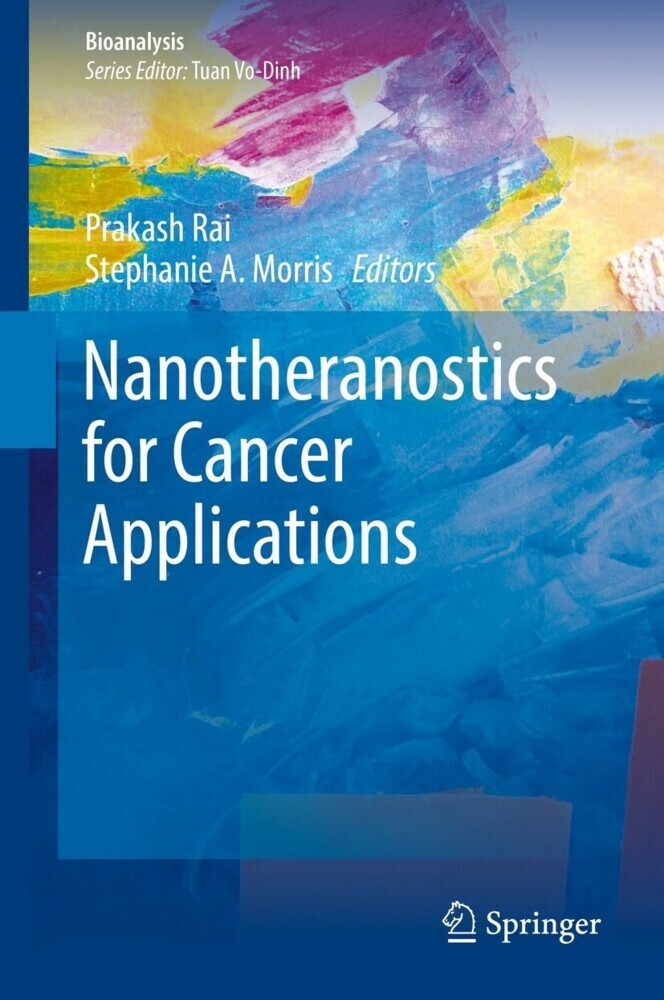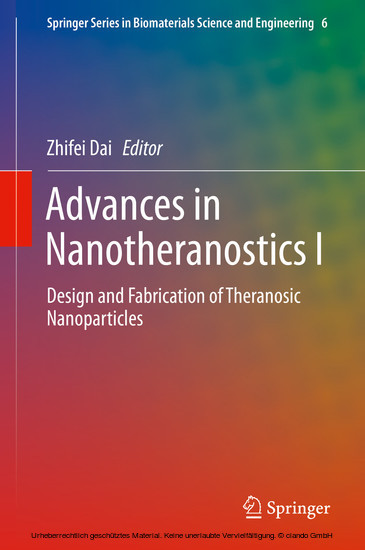Self-Powered and Soft Polymer MEMS/NEMS Devices
This book explores the fabrication of soft material and biomimetic MEMS sensors, presents a review of MEMS/NEMS energy harvesters and self-powered sensors, and focuses on the recent efforts in developing flexible and wearable piezoelectric nanogenerators. It also includes a critical analysis of various energy harvesting principles, such as electromagnetic, piezoelectric, electrostatic, triboelectric, and magnetostrictive.
Dr. Ajay Giri Prakash Kottapalli is an Assistant Professor at the Advanced Production Engineering Department, University of Groningen.
Kai Tao is an Associate Professor in the School of Mechanical Engineering at Northwestern Polytechnical University, P.R. China.
Debarun Sengupta is a researcher with the Advanced Production Engineering Department, University of Groningen.
Michael Triantafyllou is Professor of Mechanical and Ocean Engineering in the Department of Mechanical Engineering, Director of the Center for Ocean Engineering, Head of the Area of Ocean Science and Engineering, and Director of the Testing Tank and Propeller Tunnel Facilities at the Massachusetts Institute of Technology.
This multidisciplinary book is appropriate for students and professionals in the fields of material science, mechanical engineering, electrical engineering, and bioengineering.
Dr. Ajay Giri Prakash Kottapalli is an Assistant Professor at the Advanced Production Engineering Department, University of Groningen.
Kai Tao is an Associate Professor in the School of Mechanical Engineering at Northwestern Polytechnical University, P.R. China.
Debarun Sengupta is a researcher with the Advanced Production Engineering Department, University of Groningen.
Michael Triantafyllou is Professor of Mechanical and Ocean Engineering in the Department of Mechanical Engineering, Director of the Center for Ocean Engineering, Head of the Area of Ocean Science and Engineering, and Director of the Testing Tank and Propeller Tunnel Facilities at the Massachusetts Institute of Technology.
1;Preface;6 2;Contents;9 3;Chapter 1: MEMS/NEMS-Enabled Energy Harvesters as Self-Powered Sensors;11 3.1;1.1 Introduction;11 3.2;1.2 Methods of Mechanical Energy Harvesting;14 3.2.1;1.2.1 Electrostatic MEMS Harvesters;16 3.2.1.1;Electret-Free Electrostatic Harvesters;16 3.2.1.2;Electret-Based Electrostatic Energy Harvesters;19 3.2.1.3;Electroactive Polymer-Based Harvesters;23 3.2.2;1.2.2 Electromagnetic MEMS Harvesters;24 3.2.2.1;Electromagnetic Generators by Relative Movement;24 3.2.2.2;Electromagnetic Generators with Magnetostrictive Materials;29 3.2.3;1.2.3 Piezoelectric MEMS Harvesters;29 3.2.4;1.2.4 Triboelectric Nanogenerators;30 3.3;1.3 MEMS/NEMS-Enabled Harvesters as Self-Powered Sensors;32 3.3.1;1.3.1 Ceramic-Based Piezoelectric Self-Powered Sensors;32 3.3.2;1.3.2 Self-Powered Sensors Using ZnO Nanowires;33 3.3.3;1.3.3 Polymer-Based Piezoelectric Nanosensors;34 3.4;1.4 Triboelectric Nanogenerators as Self-Powered Sensors;34 3.4.1;1.4.1 Triboelectric Nanogenerators as Trajectory Sensors;34 3.4.2;1.4.2 Triboelectric Nanogenerators as Tactile Sensors;35 3.4.3;1.4.3 Triboelectric Nanogenerators as Acoustic Sensors;36 3.4.4;1.4.4 Triboelectric Nanogenerators as Chemical Sensors;36 3.5;1.5 Conclusions;37 3.6;References;38 4;Chapter 2: Flexible and Wearable Piezoelectric Nanogenerators;41 4.1;2.1 Introduction;42 4.1.1;2.1.1 Mechanism of Piezoelectric Effect;42 4.1.2;2.1.2 Piezoelectric Materials;43 4.2;2.2 Piezoelectric Polymers;44 4.2.1;2.2.1 Bulk Piezopolymers;45 4.2.2;2.2.2 Polymer Piezoelectric Composites;47 4.2.3;2.2.3 Voided Charged Polymers;47 4.3;2.3 Piezoelectric Energy Harvesters;48 4.3.1;2.3.1 Piezoelectric Thin Film/Bulk Energy Harvesters;49 4.3.2;2.3.2 Piezoelectric Nanofiber Energy Harvesters;55 4.3.3;2.3.3 Piezoelectric Nanowire Energy Harvesters;61 4.4;2.4 Conclusions and Future Work;66 4.5;References;66 5;Chapter 3: Nature-Inspired Self-Powered Sensors and Energy Harvesters;71 5.1;3.1 Introduction;71 5.1.1;3.1.1 Flow Sensing in Marine Creatures;72 5.1.2;3.1.2 Flow Sensing in Fishes;72 5.1.3;3.1.3 Flow Sensing in Crocodiles;75 5.1.4;3.1.4 Flow Sensing in Harbor Seals;77 5.2;3.2 Underwater Animal-Inspired Self-Powered Sensors;78 5.2.1;3.2.1 Neuromast-Inspired Biomimetic MEMS Sensors;78 5.2.2;3.2.2 Crocodile-Inspired Self-Powered Sensors;82 5.2.3;3.2.3 Harbor Seal-Inspired Biomimetic Sensors;84 5.3;3.3 Conclusions and Future Work;88 5.4;References;89 6;Index;92
Kottapalli, Ajay Giri Prakash
Tao, Kai
Sengupta, Debarun
| ISBN | 9783030055547 |
|---|---|
| Artikelnummer | 9783030055547 |
| Medientyp | E-Book - PDF |
| Copyrightjahr | 2019 |
| Verlag | Springer-Verlag |
| Umfang | 94 Seiten |
| Sprache | Englisch |
| Kopierschutz | Digitales Wasserzeichen |

